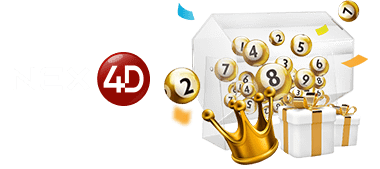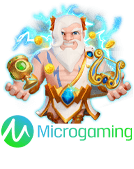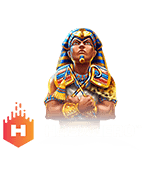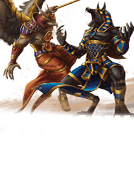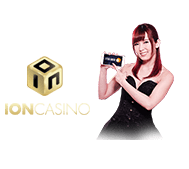Explore the future of the cryptocurrency: the ascent of non -whistling tokens (NFT) and a look at Litecoin (LTC)
The world of cryptocurrency has buzzed for excitement in recent years, led by the growing adoption of digital activities. An area that has attracted significant attention is the ascent of non -whistling tokens (NFT). The NFT are unique digital resources stored on a blockchain, such as art, music and collectibles. While the market continues to evolve, it is essential to explore the potential of the NFT and examine Litecoin (LTC), one of the main cryptocurrencies in space.
What are not whistling tokens (NFT)?
In simple terms, non -fixable tokens are digital resources that cannot be exchanged with another identical resource. They are unique and unique objects in their kind preserved on a blockchain, guaranteeing their property and origin. NFT can take many forms, including:
- Art and collectible objects
- Music and audio files
- Virtual property
- Game articles
The key characteristic of the NFT is the use of blockchain technology, which provides immutability and transparency. This allows creators to archive, distribute and sell their digital resources safely.
Litecoin (LTC) – A case of study
Litecoin is a peer-to-peer cryptocurrency launched in 2011 by Charlie Lee, American economist and software developer. Litecoin is often defined as an alternative “silver a silver” in Bitcoin, with the aim of providing a faster transactions and lower taxes a time of processing.
Litecoin key features (LTC)
* Quick processing of transactions : Litecoin’s locking time is significantly shorter than Bitcoin’s, allowing faster transactions.
* lower commissions : the Litecoin block space is more efficient, with consequent lower transaction taxes than Bitcoin.
* Wide adoption : Litecoin has a strong presence in the cryptocurrency market, with a widespread adoption in various sectors.
Advantages of NFTS
The rise of the NFT offers numerous advantages, including:
- Increase in property : with blockchain technology, the NFTs provide unparalleled properties and origin.
- Intellectual property protection : NFT can safeguard intellectual property rights, such as art or music.
- Decentralized markets : NFT markets allow the creation of decentralized platforms for the purchase, sale and trade of unique digital activities.
potential applications of NFTS
The potential NFT applications are vast:
- Gaming : NFTS can represent unique in-game objects, tokens or even whole games.
- Art and Collectibles
: the NFT offer a platform for artists to sell unique digital works of art or collectible objects.
3
The role of Litecoin (LTC) in the NFT space
Since Litecoin has gained traction, it has become an attractive choice among NFT enthusiasts:
- lower transaction commissions : the lowest LTC commissions make it more tempting for NFT markets.
- Increase in adoption : as Litecoin gets popularity, its adoption rate increases, making it a more practicable option for NFT transactions.
Conclusion
The rise of NFT and Litecoin (LTC) is an exciting development in the world of cryptocurrency. While they are still in its early stages, the NFTs have the potential to revolutionize various sectors, from art and collectible to games and virtual properties. Since LTC continues to earn momentum, it is essential to explore its role in the NFT space and consider how it can affect the future of digital resources.
References:
- Litecoin (LTC) White Paper
- Non -whistled market research report (NFT)
- Litecoin news and updates (LTC)
This article provides an overview of the world of cryptocurrency, focusing on NFT’s ascent and a case of study on Litecoin (LTC).



